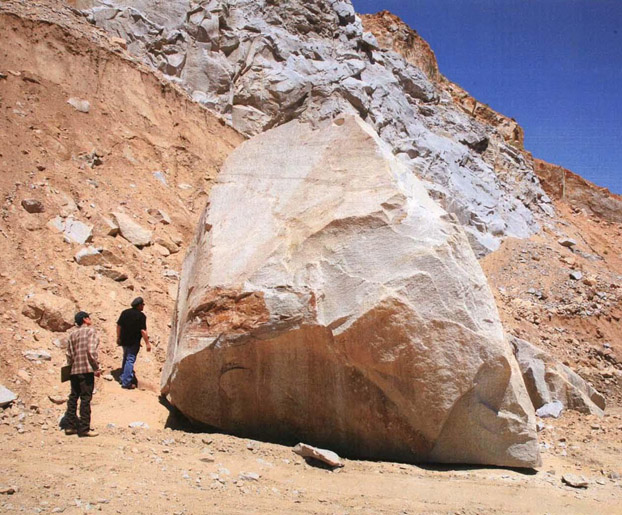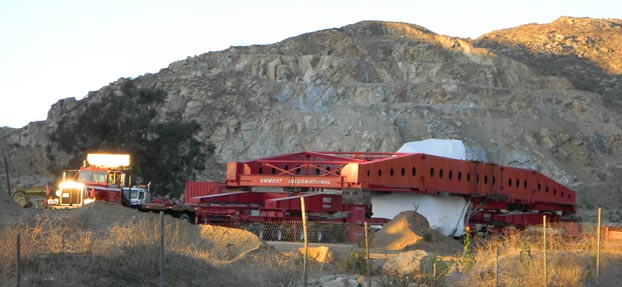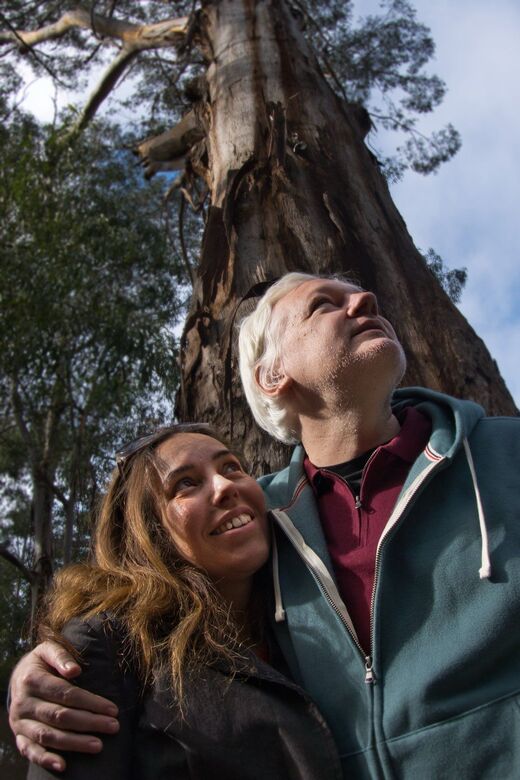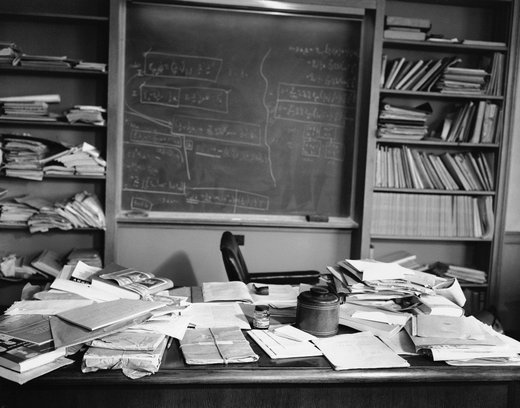
A 340-ton granite boulder began an intricately planned journey across southern California Tuesday night, making it perhaps the largest megalith to be transported since ancient times. And it's all in the name of art - Earth Art, to be precise.
It is difficult to appreciate how really big this rock is until you see it for yourself. For comparison, Paro, the largest of the monolithic human figures on Easter Island, is a lightweight by comparison, at an estimated 86 tons (although it is 11.5 feet taller). Even the ancient Egyptian obelisk that now stands at Place de la Concorde in Paris weighs only about 250 tons.
The challenge in ancient times was gathering the thousands of people it would take to move massive stones in the absence of machines; today it's L.A. freeway traffic. Carved out of a quarry in Riverside County, this modern megalith is destined for the Los Angeles County Museum of Art (LACMA) 110 miles away.
Getting it there requires a 200-foot-long transporter almost three freeway lanes wide. It also takes the months of research, engineering studies and collaboration with officials in 4 counties and 22 cities it took to establish the (rather circuitous) route that avoids overpasses and any streets or bridges too weak to support the burdened vehicle.

Moving such a big rock in the name of art is not something that happens every day. But the mastermind behind the project, Michael Heizer, is not an everyday artist. He is a pioneer in so-called Earth Art, where artists move outside of studios and galleries and into the landscape, sometimes using the land itself as part of their sculptures.
That is exactly Heizer's plan with Levitated Mass, an installation under construction at LACMA. A 456-foot-long, 15-foot-wide slot has already been carved into the museum lawn. The next step is to position the Riverside rock across the slot, like a bridge over a ravine. From each end of the ravine, the path gradually descends to fifteen feet deep immediately underneath the rock.
The big idea is that as visitors descend along the path, their change in elevation relative to the rock will create the illusion that the massive object is levitating. We can see for ourselves when the exhibit opens in late spring or early summer.



Human ego can't leave a darn thing alone.